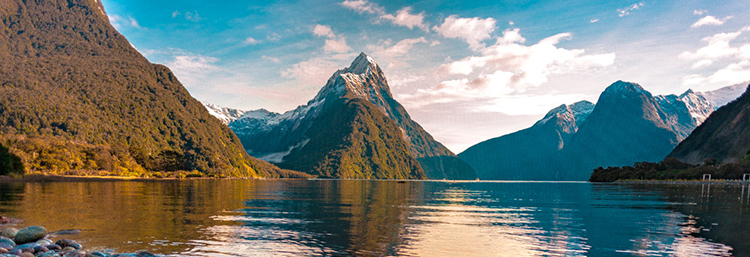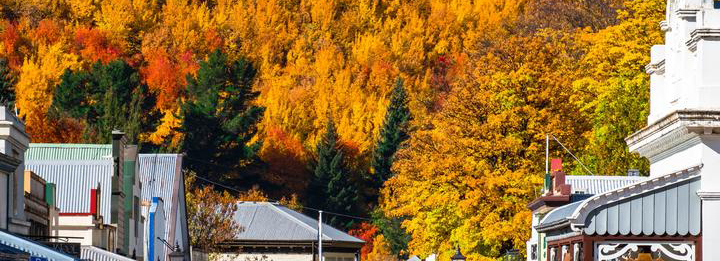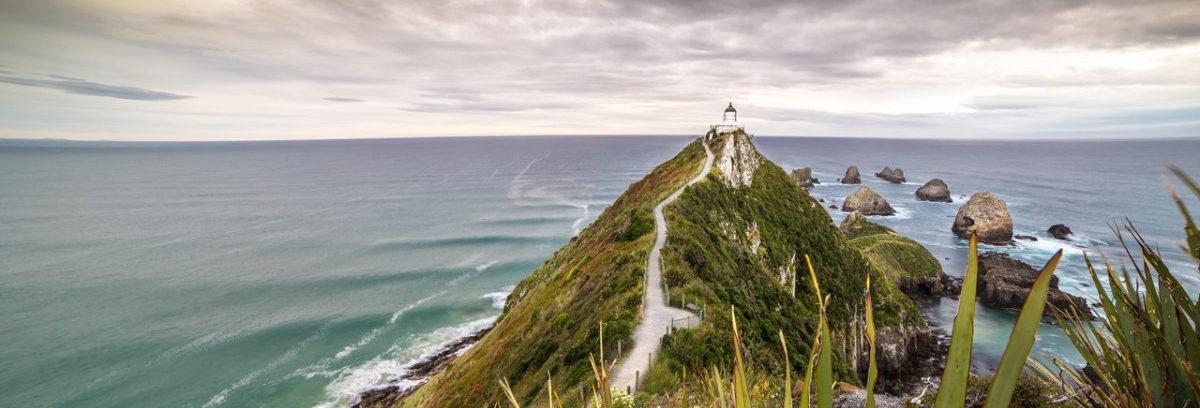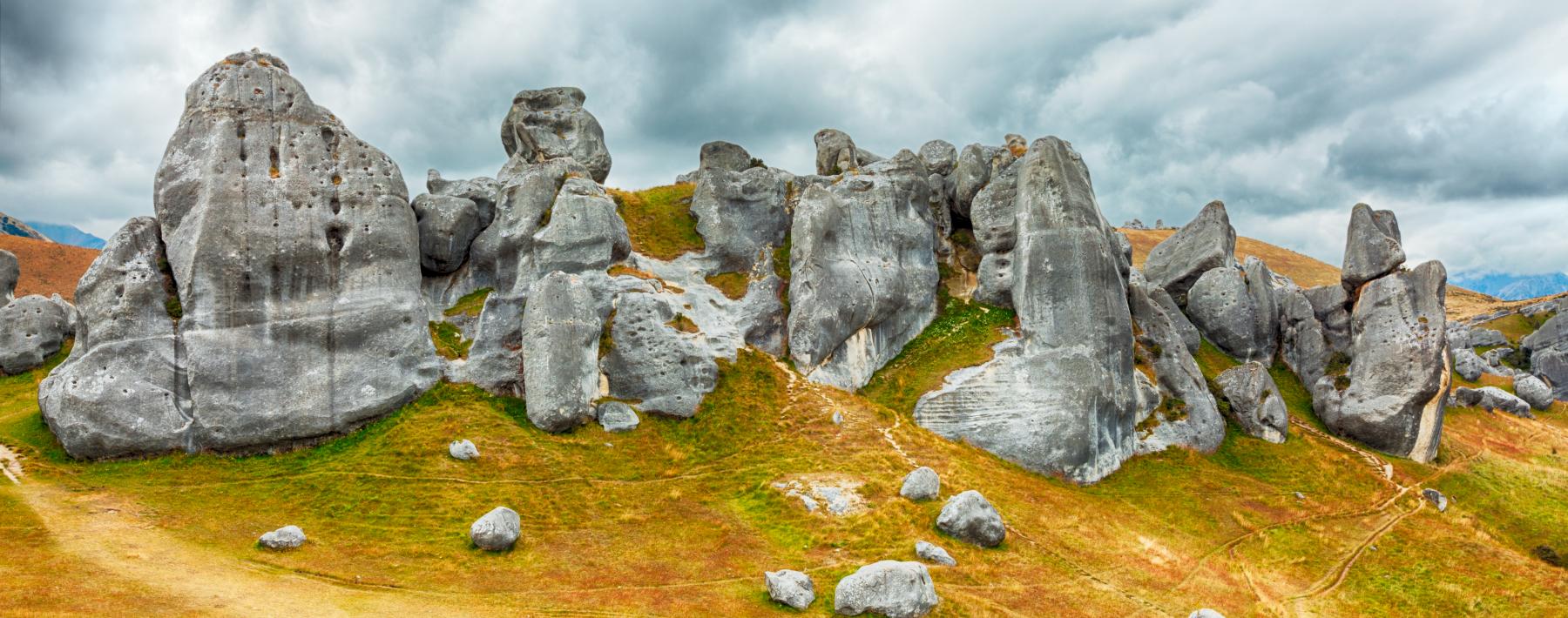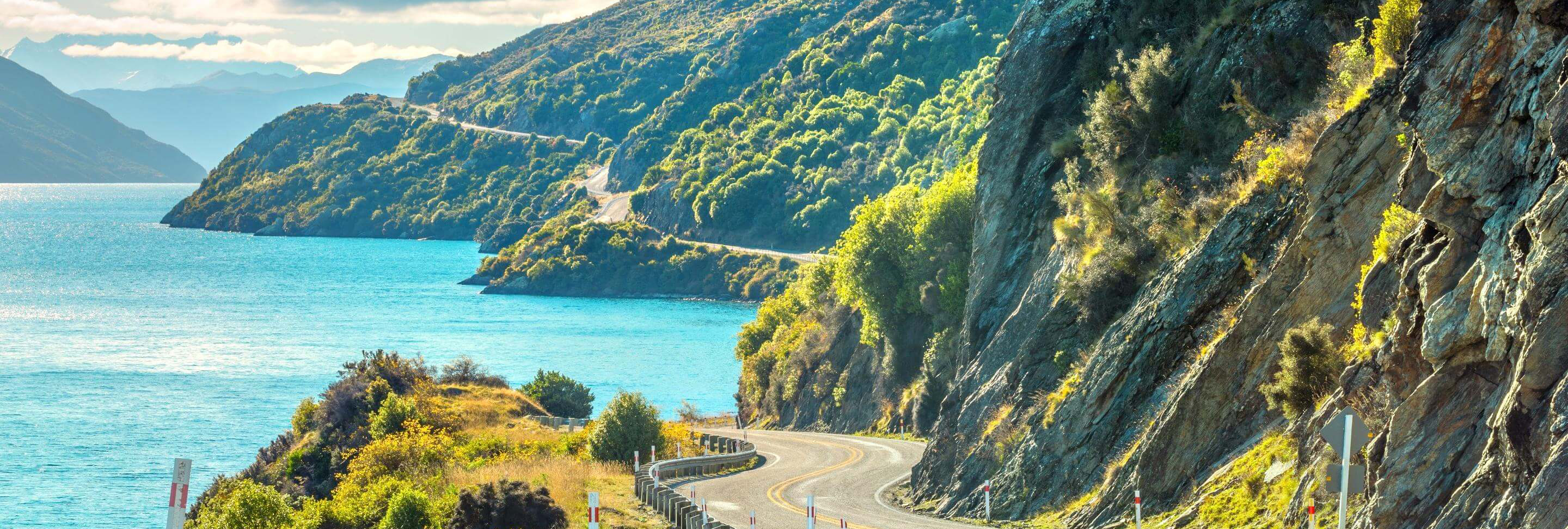- E-mail:yattravelnz@gmail.com
- Tel:+64 2102855813
- HOME
-
DESTINATIONS
- | Christchurch
- | Queenstown
- | Mt.Cook National Park
- | Milford Fjord
- | Wanaka
- | Fox Glacier
- | Auckland
- | Waitomo Cave
- | Rotorua
- | Taopo Lake
- | Abel Tasman National Park
- | Nelson Lake National Park
- | Golden Bay
- | Tongariro National Park
- | Marlborough Sounds
- | Stewart Island
- | Dunedin-Taieri Gorge Railway
- | Akaroa
- | whanganui-journey
- | TranzAlpine Train
- TOURS
- ABOUT
ABOUT GREAT WALLHome / About Great Wall / whanganui-journey
whanganui-journey
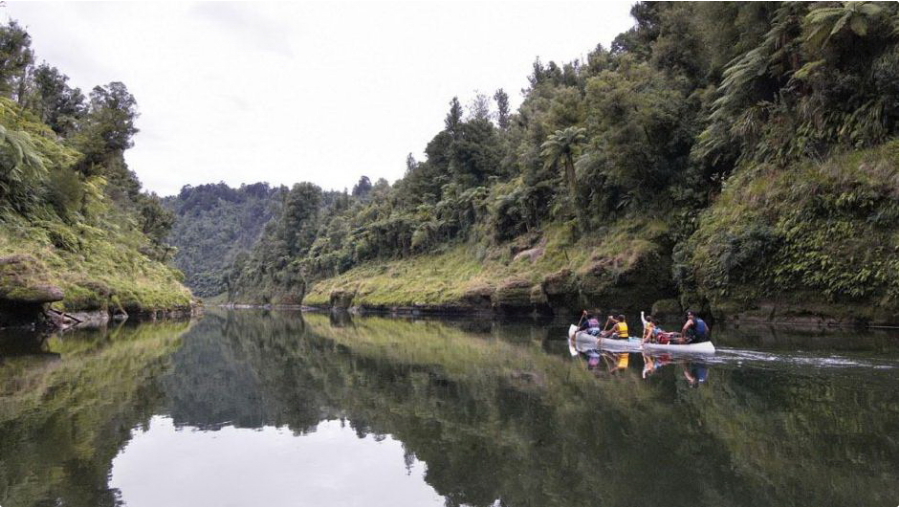
Water instead of walking
The 290km Wanganui River is full of mystery and is one of the longest rivers in New Zealand. This wonderful canoe/kayak adventure is 145 kilometers long, taking you deep into the virgin forest hinterland of the vast national park. The journey captures all the natural wonders along New Zealand's famous trails, and saves the pain of long journeys.
The five-day journey will free you from the troubles of modern civilization. You will encounter more than 200 rapids when you travel along the river between the towering canyons, but under normal circumstances, none of these rapids is more difficult than Level II, so even novices have no pressure to drive them.
In addition to passing a small town in the downstream two days after departure, there are no shops, roads or settlements along the way, only a peaceful and quiet atmosphere, various birds, and wild jungle hanging on the cliffs on the river bank.
Every night, you will sleep under the stars. The camping grassland for tents is equipped with only basic equipment - water supply facilities, toilets and a covered kitchen. There is also a highlight on the way. You can choose to go to Tieke Kainga, the ancient Maori fortress, to experience the traditional culture, etiquette and hospitality unique to Maori people.
Wonderful view of hard rock on soft stratum
The terrain along Wanganui's journey is remote and rugged. The forest covered valleys and cliffs are out of sight. Under the thick vegetation and fertile volcanic outer soil, most of them are soft sandstones and mudstones raised from the seabed millions of years ago. As time goes on, the natural river channel has eroded deep gullies, sharp ridges, steep mountain walls, and formed countless waterfalls. As you meander along the Wangenui River, you will constantly see steep mountains rising in front of you, giving you a magical feeling of being surrounded by dense forests and deep in the center of the earth.
No kayak required
It's easy to experience the wonderful Wanganui trip. In Taumaranui, you can rent single or double kayaks, open canoes and various equipment. Many other travel agencies provide guided tours with explanations, and can arrange short trips. The farther camping area is the jet boat reception area.
An open-air theater with hundreds of birds singing
The forest between the cliffs is a big stage for all kinds of native birds to sing. The dawn is ushered in by the light chirp, and the bird's gentle singing accompanies the whole day's journey. You will encounter the cheeky turtle dove diving down from the canopy, flying up again at a certain speed, clattering into the bushes and searching for raspberries. It looks like a Lancaster bomber in the forest of New Zealand.
The voice of the native honey sucking finch is sometimes like a silver bell, sometimes like a cough, and can also click and rustle. The smooth black feathers have a metallic luster, leaving only a handful of white hairs on the neck, which is particularly striking. When fantail pigeons display dazzling flying stunts and hunt insects from nowhere, robins, warblers and great tits are heard all the time. At dusk, near John Coull Hut, groups of long tailed bats will fly from the canopy across the river. At night, the shrill cry of kiwi is often heard.
No road bridge
Somewhere along the way, you can get off the boat and step on the relaxed mountain path to visit the "road free bridge" which is rarely visited by people. This concrete road bridge connects the two ends of the canyon and is hidden in the dense forest, completely isolated from the world and without human trace. It was built in 1936 to facilitate the transportation of Mangapurua Valley Soldiers Settlement. This area was abandoned in 1942, so the bridge only took six years. Today, it has become a perfect place to view the whole forest canopy.
Other activities in the region
Wanganui National Park has many hiking trails, ranging from short walks to multi day adventures. You can also fish brown trout and rainbow trout. The newly renovated antique steamboat can take tourists from the urban area of Wanganui and walk leisurely along the river lowlands; You can also take a jet boat to enjoy a refreshing experience.
The mountains are competing, and white waves are surging
According to Maori legend, Mount Taranaki fled here to avoid the anger of Mount Tongariro in the middle of the North Island, forming the Wanganui River. The reason is that the Taranaki Mountain wants to seduce the beautiful Mount Pihanga, the wife of Tangalo Mountain. Angry Tangalo Mountain sprayed hot lava and volcanic ash all over the Taranaki Mountain. The ashen Taranaki Mountain had to flee to the west, digging a deep ditch leading to the sea, and then left it in its current position in the north. Later, clear water gushed out around Tangariluo Mountain and filled the gully, forming the Wangenui River.
A long history since ancient times
Early Maori settled on the banks of the Wanganui River. They dug up fertile land and made complicated traps to catch eels. To this day, this great river still enjoys a high status in the minds of the indigenous Maori people. In the 1840s, European missionaries came here. 50 years later, there were boats on the river, which transported European immigrants to remote inland areas such as Taomarunui. Due to the lack of unobstructed land roads, passengers by water were as dense as tourists at that time, and they came to explore the magnificent natural scenery of the river.
By the 1920s, the roads to and from the volcanic scenic spots in the middle of the North Island had been gradually improved, and the golden age of river shipping had gone forever. Subsequently, the local agricultural planting industry rose, which also stimulated the early environmental protection organizations to loudly call for the government to protect the natural environment. These long-term environmental protection efforts have laid the foundation for the completion of Wanganui River National Park; The National Park covers an area of 742 hectares. It is a primitive and wild world that no one has set foot in. The journey of Wanganui passes through its heart.
Yattravel.co.nz All Rights Reserved.WebDesign By:ICARUI

